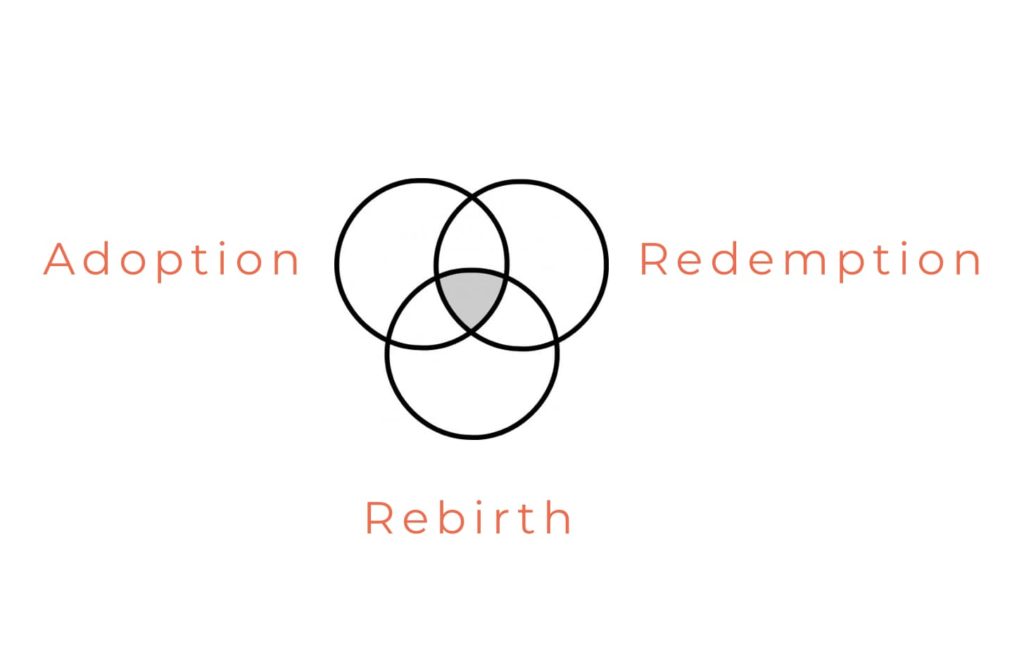“How many different ways can you describe our new life in Christ?” my friend asked me during a casual discussion.
“Normally, we think of three different analogies to help describe our new relationship with our Heavenly Father,” I answered. “The first one that most of us think about is being ‘born again.’ A second one, that comes distinctly from the Old Testament, is ‘redemption,’ because this was primarily used of slaves or of other material property. There would be a cost to buy them back.
“The last one and the only one in the New Testament applied to children of the Heavenly Father is ‘adoption.’ The first two refer for the most part to transactions, but adoption refers to what occurs after the change mentioned in the first two. It is a bonding metaphor that emphasizes relationships.”
We typically focus on one of these three analogies at a time because they are distinct from each other. Both rebirth and redemption demonstrate the transcendence of God (His sovereignly guiding all the events in our lives). On the other hand, adoption uniquely focuses on the immanence of God (how He wishes for a close relationship with His children), even though He takes the initiative in all three analogies.
However, there is some overlap between redemption and adoption. For example, both are based on the grace of the one who initiates them. While redemption refers to restored relationships, adoption is the initiation of new relationships. Recently, I was thinking about how our adoption of our sons was rooted in their redemption from the orphanage.
Before they were adopted, their life prospects were bleak. At that time, when unadopted children reached the age of sixteen, they were released to the street, with little hope of getting a job (much less having a family). Teenage boys were expected to join the military, if possible, and were often exposed to drinking alcohol. Teenage girls often entered human trafficking.
After they were adopted, their expectations changed. A new day dawned as they developed a new view of family. In the orphanage, there was little hope of their having a successful family or carrying on a family lineage. Once they were adopted, their ability to have families of their own was redeemed. This is the promise of Jeremiah 29:11, “For I know the plans I have for you, declares the Lord, plans for welfare and not for evil, to give you a future and a hope.”
“The result is that these three—rebirth, redemption, and adoption—overlap like a three-circle Venn diagram,” I shared with my friend. “And the result is that the child of God is right in the middle of the diagram!”

What do you think are the benefits of having been adopted as a child of God? Please comment on this below.


 Marcellus George and his loving wife are the adoptive parents of (now adult) twin sons. He is the author of numerous articles and devotions, has a Ph.D. in theology...
Marcellus George and his loving wife are the adoptive parents of (now adult) twin sons. He is the author of numerous articles and devotions, has a Ph.D. in theology...
0 Comments